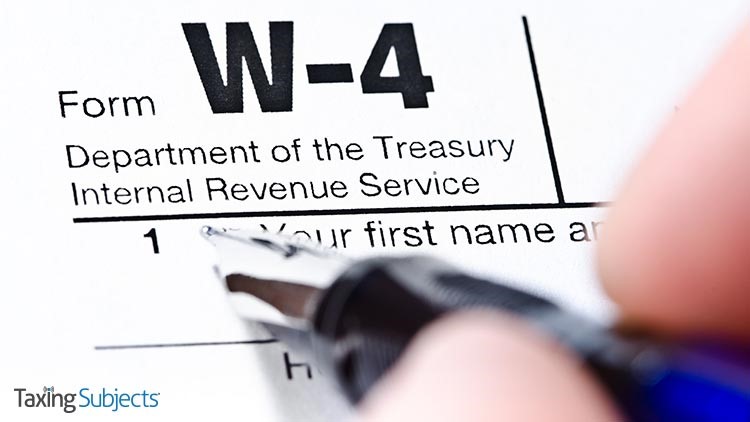by MEA Tax Advisors | Aug 23, 2019 | Tax Tips and News
IRS Tax Tip 2019-114, August 21, 2019
Despite major progress against identity and data theft, these threats still happen. They continue to put tax professionals and their clients at risk. To help combat this, the IRS and its Security Summit partners created a new Taxes-Security-Together Checklist. The checklist includes things tax pros can do now to prevent and recognize data theft. It also gives steps tax preparers can follow if they do experience a data breach
Following this checklist is a great starting point for tax professionals who want to protect their offices, computers and data. This tax tip is the first in a series highlighting the items in this checklist.
Here’s a rundown of the Taxes-Security-Together checklist:
Follow these steps, known as the “Security Six” measures
- Activate anti-virus software.
- Use a firewall.
- Use two-factor authentication.
- Use backup software or services.
- Use drive encryption.
- Create and secure virtual private networks.
Create a data security plan
- Federal law requires all professional tax preparers to create and maintain an information security plan for client data.
- The security plan requirement is flexible enough to fit any size of tax preparation firm.
- Tax professionals should focus on risk areas. These include employee management and training, information systems, and detection and management of system failures.
Be on the lookout for common email scams
Recognize the signs of client data theft
- Clients receive IRS letters about tax returns someone else filed using their name.
- More tax returns are filed with a tax pro’s Electronic Filing Identification Number than the preparer actually submitted.
- Clients receive tax transcripts they did not request.
Create a data theft recovery plan including
- Contact the local IRS Stakeholder Liaison immediately.
- Assist the IRS in protecting clients’ accounts.
- Work with a cybersecurity expert to help prevent and stop thefts.
Subscribe to IRS Tax Tips
– Story provided by IRS Tax Tips
by MEA Tax Advisors | Aug 22, 2019 | Tax Tips and News
IRS Tax Reform Tax Tip 2019-115, August 22, 2018
Employers who provide paid family and medical leave to their employees might qualify for a credit that can reduce the taxes they owe. It’s called the employer credit for family and medical leave.
Here are some facts about the credit to help employers find out if they might be able to claim it.
To be eligible, an employer must:
- Have a written policy that meets several requirements (PDF).
- Provide:
- At least two weeks of paid family and medical leave to full-time employees.
- A prorated amount of paid leave for part-time employees.
- Pay for leave that’s at least 50 percent of the wages normally paid to employees.
Applicable dates:
It’s available for wages paid in taxable years beginning after December 31, 2017, and before January 1, 2020.
The amount of the credit:
The credit is generally equal to 12.5 to 25 percent of paid family and medical leave for qualifying employees. The percentage is based on how much employers pay each employee for family and medical leave.
Qualifying leave:
The leave can be for any or all the reasons specified in the Family and Medical Leave Act:
- Birth of an employee’s child.
- Care for the child.
- Placement of a child with the employee for adoption or foster care.
- To care for the employee’s spouse, child, or parent who has a serious health condition.
- A serious health condition that makes the employee unable to perform the functions of their job.
- Any qualifying emergency due to an employee’s spouse, child, or parent being on covered active duty in the Armed Forces. This includes the taxpayer being notified of an impending order to covered active duty.
- To care for a service member who is the employee’s spouse, child, parent, or next of kin.
Claiming the credit:
To claim the credit, employers will file two forms with their tax return. These are Form 8994, Credit for Paid Family and Medical Leave and Form 3800, General Business Credit.
More Information:
Subscribe to IRS Tax Tips
– Story provided by IRS Tax Tips
by MEA Tax Advisors | Aug 21, 2019 | Tax Tips and News
A reworked version of Form W-4 has been released by the IRS and the Treasury Department for the 2020 tax year. A number of changes were made to earlier draft versions of the form in response to complaints from tax professionals.
Accounting Today reports Treasury doesn’t expect to make further changes beyond some small inflation-adjustment updates.
The redesigned Form W-4 uses a building-block approach, replacing complex worksheets with straightforward questions, making it simpler for employees to figure withholding accurately. The new form uses the same basic information as the old design, but employs a more personalized, step-by-step approach to better accommodate taxpayers.
Accounting Today reports the redesign will not force employees to resubmit a Form W-4 simply because of the update. Employers can continue to figure withholding based on information from the most recent W-4 submitted.
Complaints from Tax Pros
The complaints about the draft version of the form, Accounting Today reports, came from accountants and tax practitioners alike, who said the draft version required taxpayers to reveal too much information to their employers about outside sources of income for employees and their spouses.
The tax reform package passed in late 2017 eliminated traditional exemptions for taxpayers and dependents along with a long list of deductions, increasing the standard exemption amounts instead. The IRS urged taxpayers to do a “paycheck checkup” last year to make sure enough was being withheld from the taxpayers’ paychecks, but few taxpayers went through the complicated process. As a result, many taxpayers found themselves owing tax because of inadequate withholding.
The IRS is urging taxpayers to do another withholding checkup this year to make sure the correct amount is withheld from their paychecks. The agency has also come out with a new Tax Withholding Estimator online tool to help.
– Story provided by TaxingSubjects.com
by MEA Tax Advisors | Aug 19, 2019 | Tax Tips and News
This RSS is deleted by its creator – Story provided by TaxingSubjects.com


